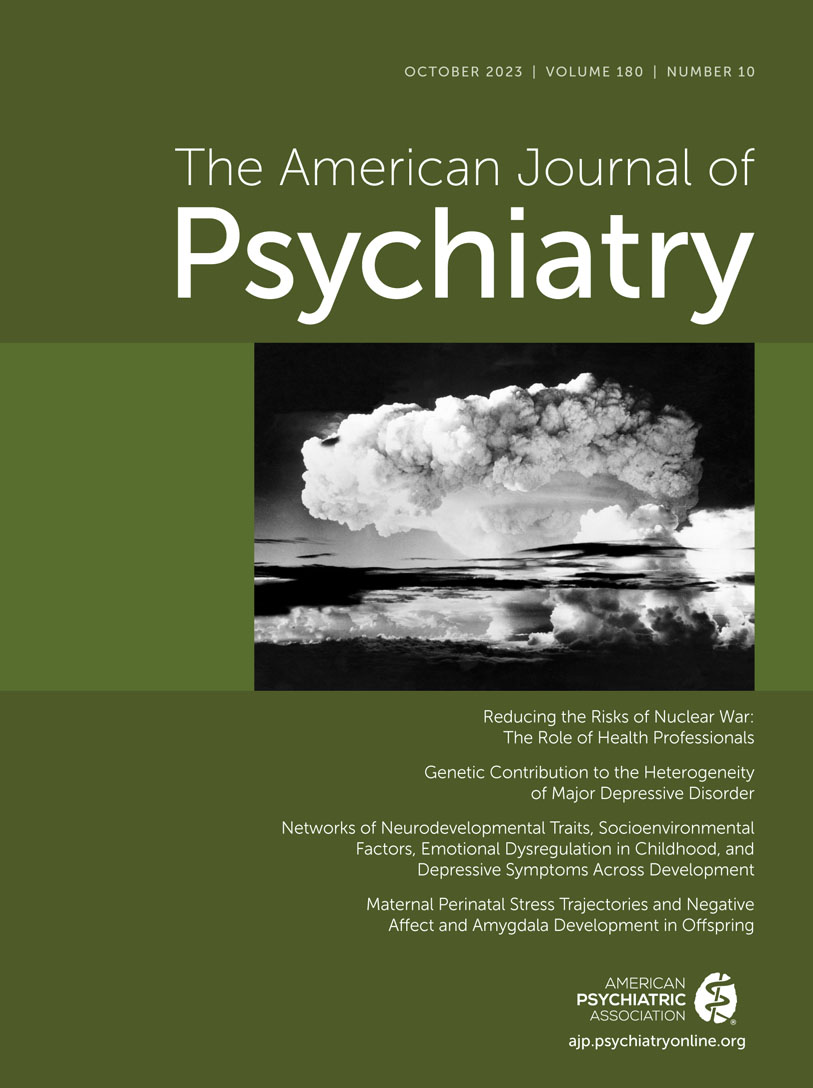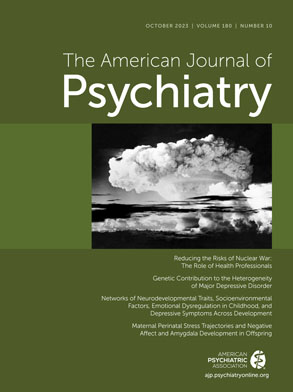Stress, Heritability, and Genetic Factors Influencing Depression, PTSD, and Suicidal Behavior
Patterns of Heritability Help Parse the Heterogeneity of Major Depressive Disorder
GWAS Meta-Analysis of Suicide Attempts Including Multi-Ancestry Analyses
Understanding Gene Expression Alterations in PTSD and Major Depression at the Cellular Level in the Dorsolateral Prefrontal Cortex
The Complexities Involving Childhood Neurodevelopmental Traits Related to the Risk to Develop Depressive Symptoms
Maternal Stress, Anxiety, and Depression During Pregnancy in Relation to Infants’ Negative Affect and Amygdala Function
Conclusion
References
Information & Authors
Information
Published In
History
Keywords
Authors
Funding Information
Metrics & Citations
Metrics
Citations
Export Citations
If you have the appropriate software installed, you can download article citation data to the citation manager of your choice. Simply select your manager software from the list below and click Download.
For more information or tips please see 'Downloading to a citation manager' in the Help menu.
View Options
View options
PDF/EPUB
View PDF/EPUBLogin options
Already a subscriber? Access your subscription through your login credentials or your institution for full access to this article.
Personal login Institutional Login Open Athens loginNot a subscriber?
PsychiatryOnline subscription options offer access to the DSM-5-TR® library, books, journals, CME, and patient resources. This all-in-one virtual library provides psychiatrists and mental health professionals with key resources for diagnosis, treatment, research, and professional development.
Need more help? PsychiatryOnline Customer Service may be reached by emailing [email protected] or by calling 800-368-5777 (in the U.S.) or 703-907-7322 (outside the U.S.).

